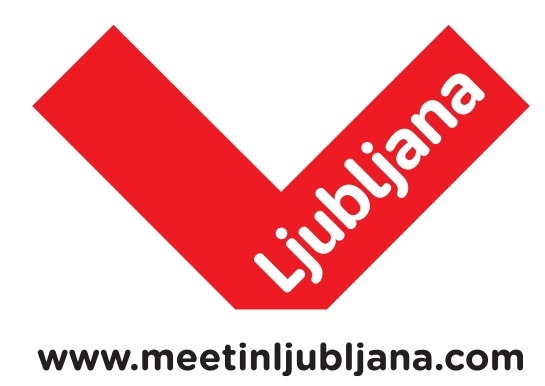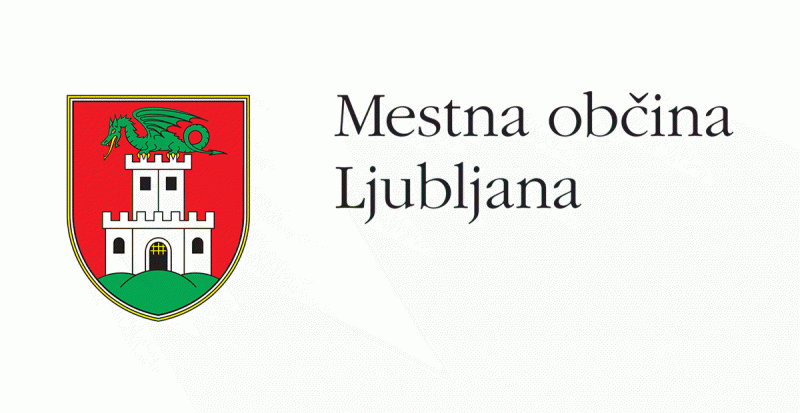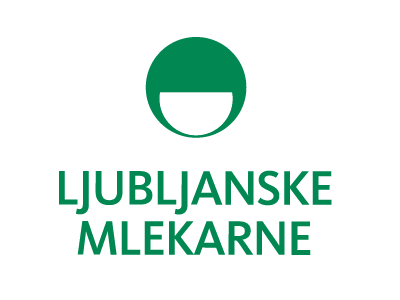Ljubljana
Ljubljana is the capital of Slovenia, which itself is a member of the European Union. The population of Slovenia is approximately 2 million. Population of Ljubljana: 258.873
History of LjubljanaThe development of Ljubljana dates back to Roman times, where the fortified Roman settlement of Emona lay on the area of today's Ljubljana. After Emona was destroyed by Huns, Slavs has arrived and built a town under the present castle hill, that developed into medieval Ljubljana (known as Laibach).
Time zone: Central European (GMT/UTC + 1)
Slovenian languageIn Slovenia the official language is Slovene (or Slovenian), which is similar to other Slavic languages, particularly close to Serbo-Croatian, which uses the Latin alphabet. Many people also speak English, German and Italian as a foreign language.
Conference locationThe City Hotel Ljubljana is located right in the heart of Ljubljana, a relaxed capitol, where castles and dragons exist alongside trendy bars and exciting nightlife.
More: https://www.cityhotel.si/en/index.xhtml
Ljubljana has always had a strategically good position for travelling between Italy, Central Europe and the Balkans. Nowadays it's easily accessible due to a well developed network of railways and roads. Slovenian airlines Adria airways supply flights for the Ljubljana airport, thus connecting the capital with many European cities. More: http://www.ljubljana.info/travel/
By aeroplane:
Ljubljana - Brnik International Airport (www.lju-airport.si) is 20 km away. Regular daily services mostly provided by the Slovenian national carrier, Adria Airways (www.adria-airways.com), operate between Ljubljana Airport and all major European hubs. In addition, easyJet (www.easyjet.com) flies from London Stansted to Ljubljana once a day.
By bus:
The web site of the Ljubljana Bus station (Avtobusna postaja Ljubljana) offers timetables for all local bus connections, including the plan of the bus routes. The ticket office is open daily from about 5.00 or 5.30 till 22.30. For most of the routes you can buy the tickets directly from the driver. Please have small denomination Euro notes and coins ready.
http://www.ap-ljubljana.si/en/
By car:
Slovenia has a developed network of motorways:
- from Villach (Austria) E 651 (100 km)
- from Klagenfurt (Austria) E 652/E 61 (85 km)
- from Graz (Austria) via Maribor E 57/E 59 (195 km)
- from Trieste (Italy) E 61/E 70 (110 km)
- from Zagreb (Croatia) E 70 (120 km)
- from Budapest (Hungary) E 57/E 71 (430 km)
By train:
Slovenia has a developed network of railways, connecting Ljubljana with Graz and Klagenfurt (Austria) to the north and Trieste (Italy) to the west. Ljubljana's main train station, simply called "Ljubljana", is within an easy walk to the city centre. The web site of Slovenian Railways (Slovenske Zeleznice) displays train schedules, also in English: www.slo-zeleznice.si








































.png)